Home>Garden Essentials>What Do Plumeria Seed Pods Look Like
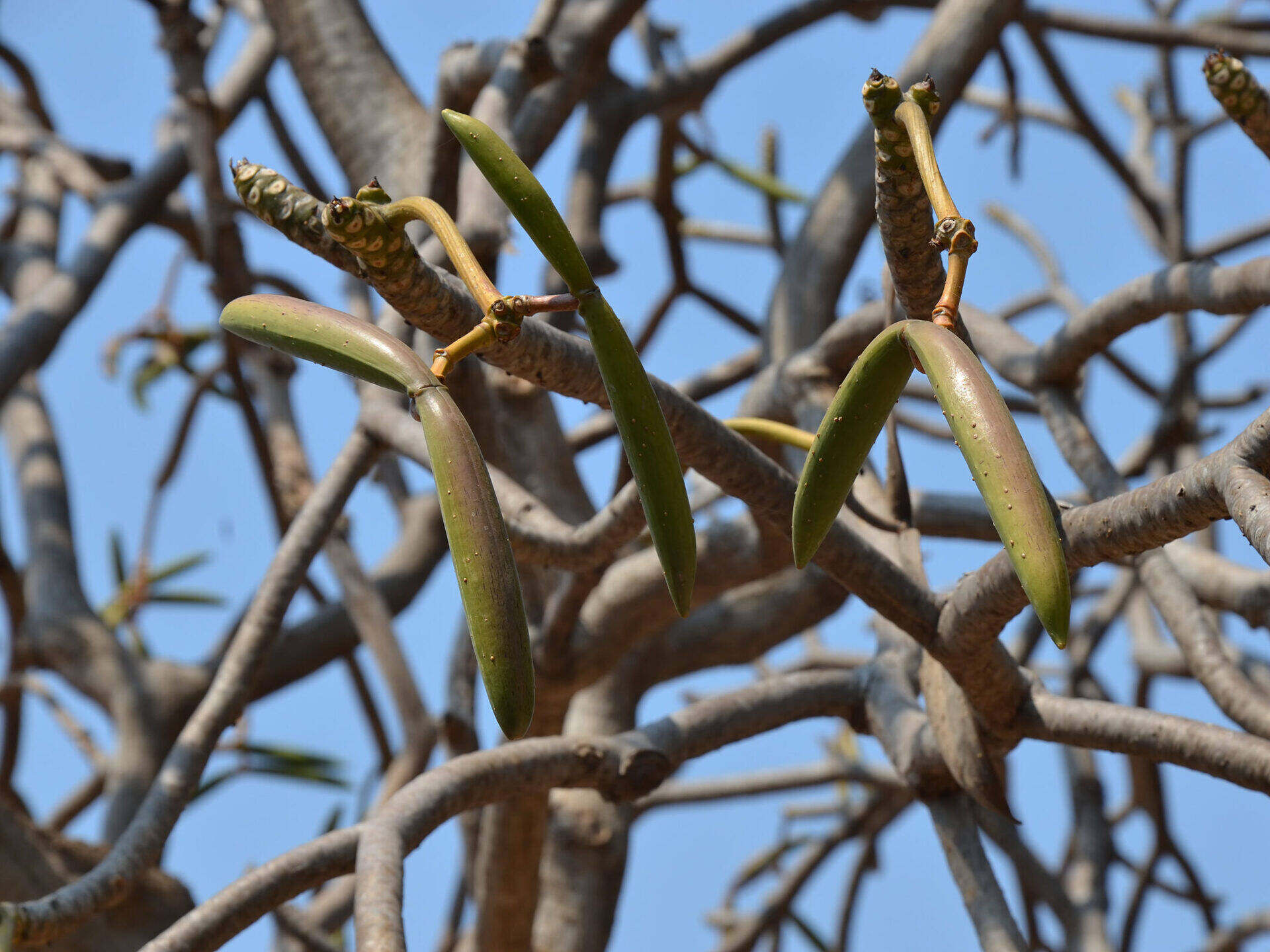

Garden Essentials
What Do Plumeria Seed Pods Look Like
Modified: March 15, 2024
Discover the fascinating appearance of plumeria seed pods in your garden. Learn what these unique pods look like and how to cultivate them for beautiful blooms.
(Many of the links in this article redirect to a specific reviewed product. Your purchase of these products through affiliate links helps to generate commission for Storables.com, at no extra cost. Learn more)
Introduction
Welcome to the enchanting world of plumeria seed pods! If you’re a gardening enthusiast or simply have a love for beautiful flowers, chances are you’ve come across the plumeria tree. Known for its stunning blooms and sweet, intoxicating fragrance, the plumeria tree is a tropical marvel that captures the hearts of many.
While most people are familiar with the delightful flowers that adorn the plumeria tree, a lesser-known but equally fascinating aspect of this plant is its seed pods. Plumeria seed pods hold the key to the tree’s reproduction and are an intriguing component of its life cycle.
In this article, we will explore the physical characteristics of plumeria seed pods, their colors and patterns, size and shape, texture and surface, as well as their opening and closing mechanism. We will also delve into the crucial role they play in seed dispersal and the tree’s reproductive process.
Join us on this captivating journey as we unravel the secrets of plumeria seed pods and discover the hidden wonders they hold.
Key Takeaways:
- Plumeria seed pods come in a variety of vibrant colors and patterns, ranging from lush green to sunny yellow and earthy red, adding a touch of natural beauty to any garden or floral arrangement.
- The unique opening and closing mechanism of plumeria seed pods allows for the natural dispersal of seeds, ensuring the continuation of life and the expansion of the magnificent plumeria tree in different environments.
Read more: What Does A Geranium Seed Pod Look Like
Overview of Plumeria Seed Pods
Plumeria seed pods are the fruits of the plumeria tree, also known as Frangipani. These elongated, cylindrical pods develop after the tree has bloomed, and their formation signifies the end of the flowering season.
The seed pods contain the seeds of the plumeria tree, which are vital for its reproduction. They act as protective containers for the seeds and play a crucial role in dispersing them to new locations, allowing the tree to propagate and thrive in different environments.
Plumeria seed pods vary in size and shape, depending on the species and the specific conditions in which the tree grows. They can range from a few inches to several inches in length and are typically green when young, gradually changing color as they mature.
These seed pods are not only significant from a reproductive standpoint but also serve as fascinating natural decorations. Their unique colors, patterns, and textures make them highly sought-after by collectors and garden enthusiasts, adding a touch of intrigue and beauty to any plant collection or floral arrangement.
As we delve deeper into the world of plumeria seed pods, we will explore the physical characteristics that make them so distinctive and visually appealing. From their vibrant hues and intricate patterns to their velvety surfaces, every aspect of plumeria seed pods is worthy of our admiration.
So, let’s embark on this exploration together as we uncover the captivating world of plumeria seed pods and gain a newfound appreciation for these remarkable gifts of nature.
Physical Characteristics of Plumeria Seed Pods
Plumeria seed pods display a captivating array of physical characteristics that make them truly captivating. From their colors and patterns to their size and shape, each seed pod is a testament to the intricate beauty of nature.
Colors and Patterns: Plumeria seed pods have a remarkable ability to transition through a kaleidoscope of colors as they mature. Starting off as vibrant green, they gradually turn yellow, red, or brown as they ripen. Some varieties may even exhibit a combination of these colors, creating a mesmerizing gradient. Additionally, plumeria seed pods often showcase intricate patterns, such as stripes or mottling, further enhancing their visual appeal.
Size and Shape: Plumeria seed pods come in a variety of sizes and shapes, which can vary depending on the species and growing conditions. On average, they range from 3 to 8 inches in length, with some exceptional specimens reaching up to 12 inches. In terms of shape, plumeria seed pods are typically elongated and cylindrical, resembling a slender capsule or a torpedo-like structure.
Texture and Surface: The texture of plumeria seed pods is another fascinating aspect that sets them apart. When mature, they often develop a slightly rough and leathery texture, which adds a tactile dimension to their visual allure. Additionally, the surface of the seed pods can be smooth or subtly textured, intensifying their overall aesthetic appeal.
Opening and Closing Mechanism: Plumeria seed pods have a unique opening and closing mechanism. When they ripen, they split open along one side, revealing the internal structure and seeds nestled within. This mechanism allows for the natural dispersal of seeds, facilitating the propagation of new plumeria trees in the wild.
Plumeria seed pods are not only captivating to look at but also serve a crucial purpose in the plumeria tree’s lifecycle. In the next section, we will explore the role that these seed pods play in seed dispersal and reproduction, shedding further light on their significance in the natural world.
Colors and Patterns of Plumeria Seed Pods
The colors and patterns exhibited by plumeria seed pods are a delightful testament to the diversity and beauty found in nature. As these pods mature, they undergo a remarkable transformation, showcasing an array of striking colors and intricate patterns that captivate the eye.
When young, plumeria seed pods typically appear in vibrant shades of green. This lush green hue serves as a symbol of growth and vitality, reflecting the energy of the tree during the initial stages of seed development. As the pods continue to ripen, their color palette expands, giving rise to a mesmerizing display of hues.
Yellow is one of the most common colors observed in mature plumeria seed pods. The bright and sunny shade of yellow radiates warmth and adds a sense of cheerfulness to the surrounding landscape. This color often dominates the pod’s surface, creating an eye-catching contrast against the backdrop of green foliage.
Some plumeria seed pods take on a reddish or brownish color as they mature, adding a touch of earthiness to their appearance. These deeper shades evoke a sense of warmth and richness and can create a striking visual contrast against the green leaves of the tree. The varying intensities of red and brown create a captivating tapestry of colors that can be admired from afar.
What truly sets plumeria seed pods apart is the intricate patterns they sometimes exhibit. Some pods may display delicate stripes, resembling brushstrokes of contrasting colors on their surface. These stripes can be thin and subtle or bolder and more pronounced, adding a visually dynamic element to the overall appearance of the pod.
Other plumeria seed pods may showcase mottled patterns, reminiscent of speckles or spots that create an appealing visual texture. These patterns can vary in size and density, further enhancing the uniqueness of each individual pod.
As plumeria seed pods age and dry out, the colors may deepen and change. The green fades, and the vibrant shades of yellow, red, or brown become more prominent, adding depth to the pod’s appearance. These evolving colors and patterns are a testament to the passage of time and the natural processes that occur within the plumeria seed pods.
When collecting plumeria seed pods or incorporating them into floral arrangements, the wide array of colors and patterns allows for endless possibilities in creating visually captivating displays. Whether showcased individually or combined with other natural elements, plumeria seed pods are sure to add a touch of enchantment to any setting.
Next, let’s delve into the size and shape characteristics of plumeria seed pods, further unraveling the wonders they possess.
Size and Shape of Plumeria Seed Pods
Plumeria seed pods come in a fascinating array of sizes and shapes, adding to their allure and intrigue. These characteristics can vary depending on the species of plumeria tree and the growing conditions in which they thrive.
On average, plumeria seed pods range from 3 to 8 inches in length, with some exceptional specimens reaching up to 12 inches. The length of the pods is influenced by various factors, including the maturity of the tree and the health of the blooms that preceded them. However, it’s important to note that the size of plumeria seed pods can vary even within an individual tree, making each pod a unique representation of the tree’s reproductive process.
In terms of shape, plumeria seed pods are typically elongated and cylindrical, resembling a slender capsule or a torpedo-like structure. The elongated shape allows the pods to efficiently encapsulate and protect the developing seeds. While most plumeria seed pods exhibit this classic elongated form, there can be subtle variations, with some pods appearing slightly more rounded or curved.
The size and shape of plumeria seed pods have both functional and visual significance. From a functional standpoint, the elongated shape maximizes the surface area available for seed development and enhances the pod’s ability to disperse seeds efficiently. This shape also facilitates the opening mechanism of the pod, allowing for the natural dispersal of seeds when the pod reaches maturity.
Visually, the elongated shape of plumeria seed pods adds a sense of elegance to their overall appearance. Their slender form creates a graceful silhouette, reminiscent of nature’s delicate craftsmanship. When combined with the vibrant colors and intricate patterns often exhibited by plumeria seed pods, their elongated shape further accentuates their beauty.
When collecting plumeria seed pods or admiring them in a garden setting, the size and shape characteristics offer a diverse range of possibilities. From smaller pods ideal for delicate floral arrangements to larger, more prominent ones that make a statement on their own, plumeria seed pods provide endless opportunities for creativity and aesthetic exploration.
Now that we’ve explored the size and shape of plumeria seed pods, let’s delve into their texture and surface characteristics, uncovering the tactile qualities that make them truly captivating.
Plumeria seed pods are long and slender, resembling green beans. They can grow up to 12 inches in length and contain small, winged seeds. Keep an eye out for these pods after the plumeria flowers have bloomed and dried up.
Read more: What Does A Desert Rose Seed Pod Look Like
Texture and Surface of Plumeria Seed Pods
The texture and surface of plumeria seed pods add an intriguing tactile dimension to their visual beauty. As these pods mature, they undergo changes in texture, creating a sensory experience that enhances their overall appeal.
When plumeria seed pods are young and developing, their surfaces are typically smooth and tender to the touch. As the pods continue to mature and ripen, they may develop a slightly rough and leathery texture. This textural transformation is a result of the drying out and hardening of the pod’s outer layer, which serves as a protective casing for the seeds within.
Running your fingers along the surface of a mature plumeria seed pod can reveal the subtle ridges and bumps that have formed, adding depth and visual interest to its exterior. These textural elements create a captivating contrast against the smoothness of the young pods, providing a sensory experience that adds to their overall allure.
The surface of plumeria seed pods can also be subtly textured, further contributing to their tactile qualities. This texture may be in the form of fine grooves or small, raised bumps that add a sense of intricacy to the pod’s appearance. Running your fingertips over the surface can evoke a sense of discovery, as you explore the unique textural patterns that adorn each individual pod.
The combination of textures and surfaces found in plumeria seed pods creates a multi-dimensional experience for both the eyes and the hands. The contrast between the smooth and the rough, the young and the mature, adds depth and complexity to the visual and sensory appeal of these remarkable natural creations.
When incorporating plumeria seed pods into floral arrangements or displays, their unique texture and surface characteristics offer endless possibilities. They can be juxtaposed with other smooth elements for contrast or combined with plants or flowers that exhibit their own intriguing textures, creating a visually dynamic composition.
As we continue to explore plumeria seed pods, let’s delve into their opening and closing mechanism, uncovering the fascinating way in which these pods release and disperse their precious cargo of seeds.
Opening and Closing Mechanism of Plumeria Seed Pods
Plumeria seed pods possess a unique and fascinating mechanism for opening and closing. This mechanism is essential for the natural dispersal of seeds and plays a crucial role in the reproductive process of the plumeria tree.
When plumeria seed pods reach maturity, they undergo a remarkable transformation as they prepare to release their seeds. At this stage, the pod splits open along one side, revealing the inner structure and exposing the seeds nestled within.
This opening mechanism is triggered by various factors, including changes in humidity, temperature, and the maturation of the seeds themselves. Once these conditions align, the pod undergoes a gradual process of splitting, starting from the base or the tip and progressing along its length.
The opening of the plumeria seed pod allows the seeds to be exposed to the environment, facilitating their dispersal. As the pod splits, the seeds become more accessible to external forces such as wind, water, or animals, which aid in their transportation to new locations.
The opening and closing mechanism of plumeria seed pods is a remarkable adaptation that ensures the survival and propagation of the plumeria tree. It allows for the effective dispersal of seeds over greater distances, enabling the tree to colonize new environments and expand its range.
Once the plumeria seed pod has released its seeds, the pod remains open, serving as a visual reminder of the vibrant life cycle it has gone through. The open pods, with their exposed seeds, become a stunning centerpiece in a garden or a collector’s display.
The opening and closing mechanism of plumeria seed pods is a testament to nature’s ingenuity. It is a captivating process that highlights the intricate ways in which plants ensure their survival and perpetuate their species.
As we continue our exploration of plumeria seed pods, let’s delve into the important role they play in seed dispersal and the reproductive process of the plumeria tree.
Seed Dispersal and Reproduction through Plumeria Seed Pods
Plumeria seed pods are not only visually captivating but also play a critical role in the seed dispersal and reproduction of the plumeria tree. These pods serve as vessels that safeguard the seeds and facilitate their journey to new locations, ensuring the survival and propagation of the species.
Once the plumeria seed pods open, either naturally or through external forces, the seeds contained within are exposed to the surrounding environment. This exposure is vital for successful seed dispersal. External factors such as wind, water, or animals aid in carrying the seeds away from the parent tree, allowing them to reach new areas for germination and growth.
Wind plays a significant role in seed dispersal for plumeria trees. The lightweight seeds, equipped with small, feathery structures, are easily carried away by even the gentlest breeze. This method of dispersal allows the seeds to travel long distances, potentially colonizing new habitats and expanding the plumeria tree’s range.
Water also plays a crucial role in seed dispersal, especially in coastal areas where plumeria trees thrive. Seeds that find their way into bodies of water, such as rivers, streams, or the ocean, can be transported over vast distances. This water-based dispersal mechanism ensures that plumeria seeds have the opportunity to reach different coastal environments and establish new populations.
In addition to wind and water, animals can also contribute to seed dispersal. Birds, for instance, may consume the plumeria seeds along with the fruit, aiding in their dispersal through their digestive systems. Once the seeds pass through the bird’s digestive tract, they are excreted in a different location, providing an opportunity for germination and growth.
The process of seed dispersal through plumeria seed pods is essential for the reproductive success of the tree. By dispersing seeds to new locations, the plumeria tree can colonize different environments, adapt to changing conditions, and increase its chances of survival as a species.
Once the dispersed seeds find themselves in a suitable location, germination can occur, and new plumeria trees can take root and begin their life cycle. The seeds will naturally find the optimal conditions for growth, such as moist soil and ample sunlight, ensuring that the plumeria tree population continues to thrive.
Plumeria seed pods are not just beautiful ornaments on the tree; they are integral components of the plumeria tree’s reproductive strategy. Their ability to protect and disperse the seeds guarantees the survival and perpetuation of this magnificent tropical tree.
As we conclude our exploration of plumeria seed pods, it is evident that these natural marvels deserve our admiration and appreciation. From their physical characteristics to their role in reproduction and seed dispersal, plumeria seed pods exemplify the wonders of the natural world.
Conclusion
In conclusion, plumeria seed pods are extraordinary natural creations that captivate us with their beauty and serve a vital role in the reproduction and survival of the plumeria tree. From their physical characteristics to their opening and closing mechanism, each aspect of these pods has a purpose and adds to their allure.
The vibrant colors and intricate patterns of plumeria seed pods create a visual feast for the eyes. From vibrant greens to sunny yellows and earthy reds, these pods undergo a remarkable transformation as they mature. Patterns such as stripes and mottling add depth and visual interest, making each pod a unique work of art from Mother Nature.
The size and shape of plumeria seed pods vary, providing diversity and options for creative arrangements. Their elongated and cylindrical forms exude elegance and grace, while their smooth or textured surfaces add tactile pleasure to their aesthetic appeal.
The opening and closing mechanism of plumeria seed pods is a testament to nature’s ingenuity. They split open to release their precious cargo of seeds, ensuring their dispersal through wind, water, or animal interaction. This mechanism allows the plumeria tree to colonize new environments and increase its chances of survival and expansion.
Plumeria seed pods represent the continuation of life, as the dispersed seeds have the opportunity to germinate in new locations and grow into magnificent plumeria trees. They play a vital role in the reproductive success of the species, ensuring its perpetuation and the abundance of beautiful blooms for generations to come.
So, the next time you encounter a plumeria tree in full bloom, take a moment to appreciate not only the stunning flowers but also the remarkable seed pods that accompany them. These pods hold the promise of new life and serve as a reminder of the complex and interconnected nature of the natural world.
In the enchanting realm of gardens and nature, plumeria seed pods stand as a testament to the beauty, resilience, and adaptability of the plant kingdom. Let us cherish and celebrate these remarkable creations, nurturing an appreciation for the wonders that lie within our gardens and the secrets they hold.
Frequently Asked Questions about What Do Plumeria Seed Pods Look Like
Was this page helpful?
At Storables.com, we guarantee accurate and reliable information. Our content, validated by Expert Board Contributors, is crafted following stringent Editorial Policies. We're committed to providing you with well-researched, expert-backed insights for all your informational needs.
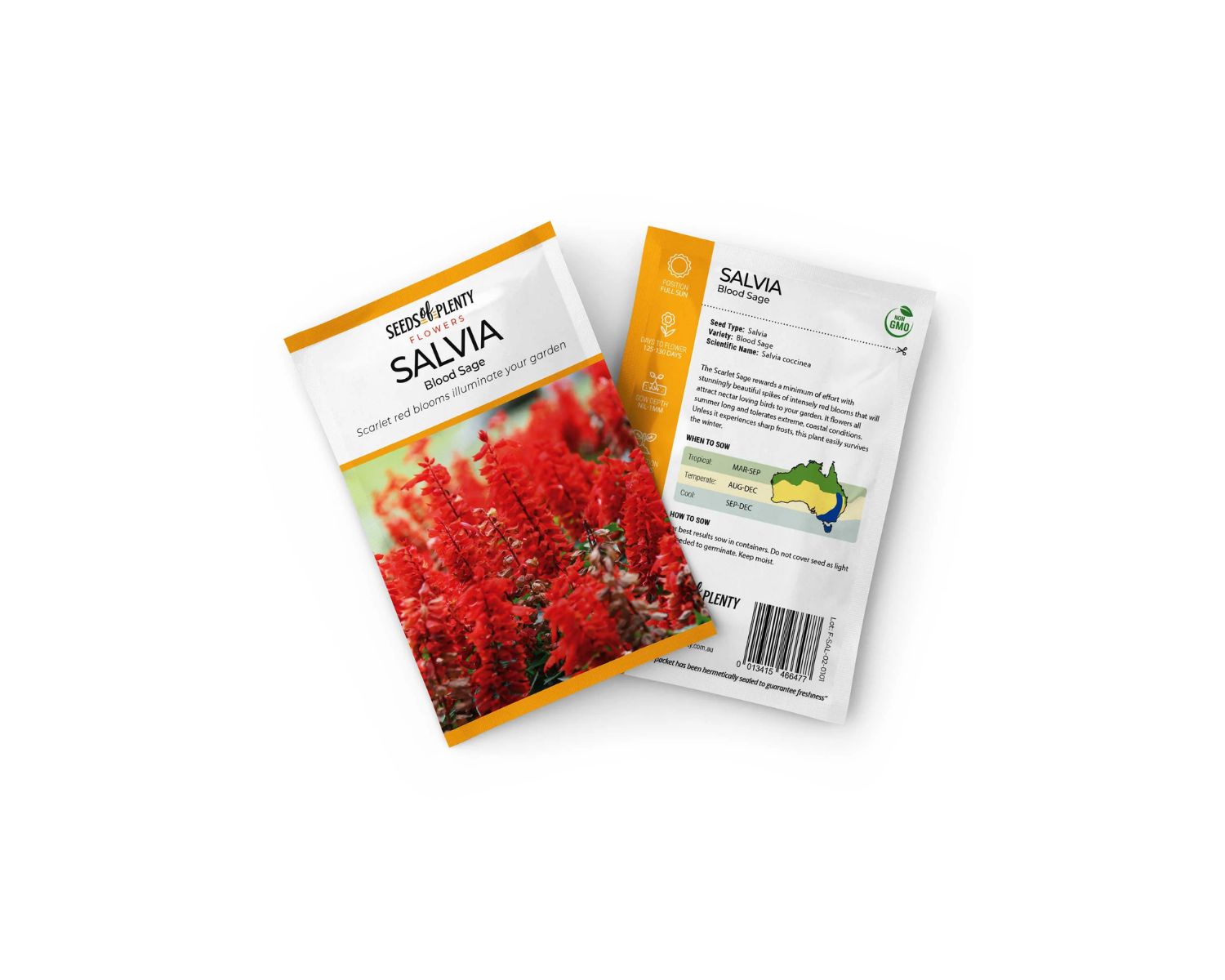
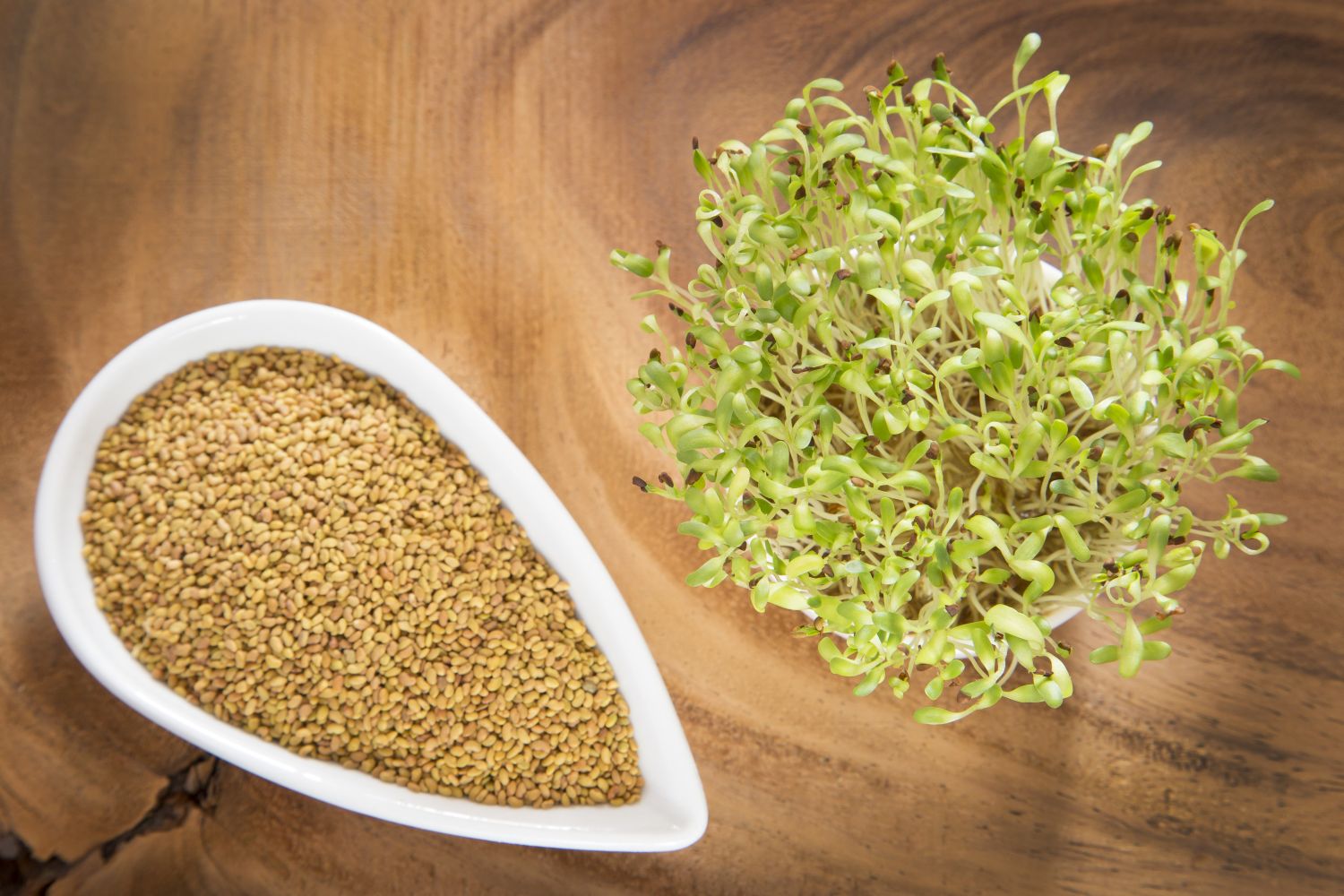
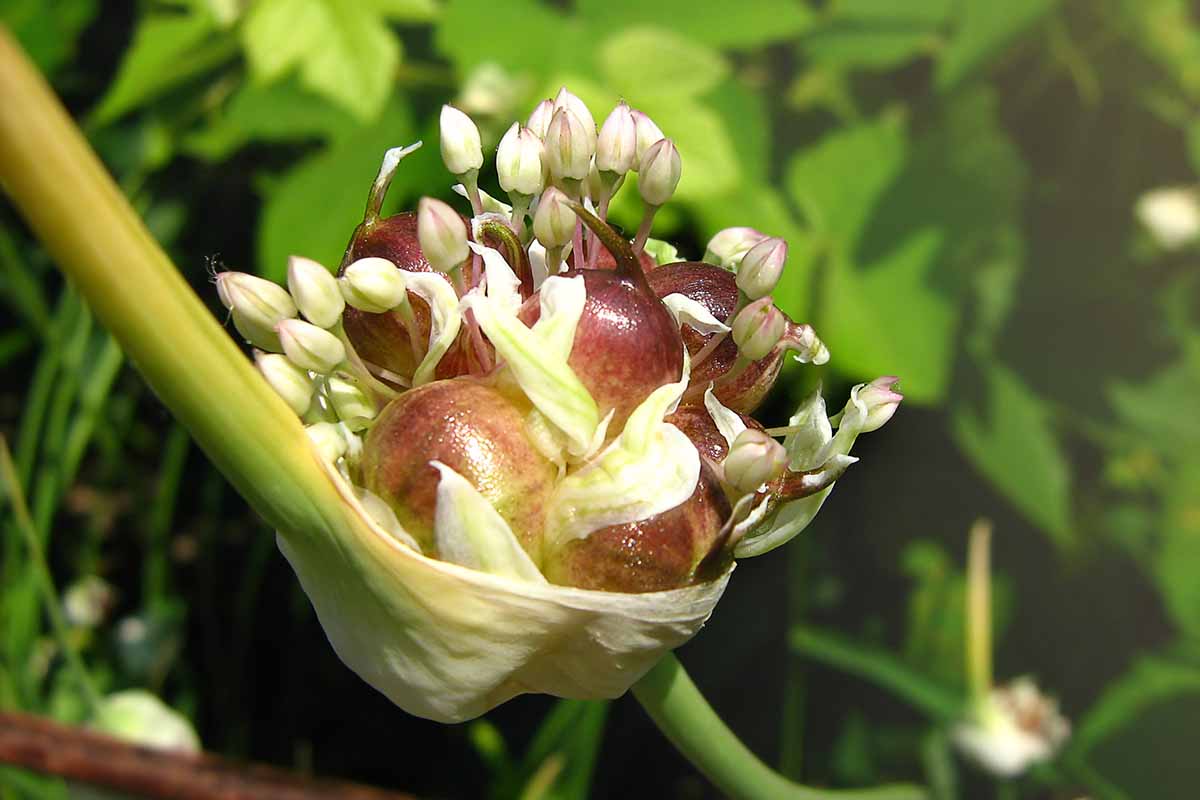
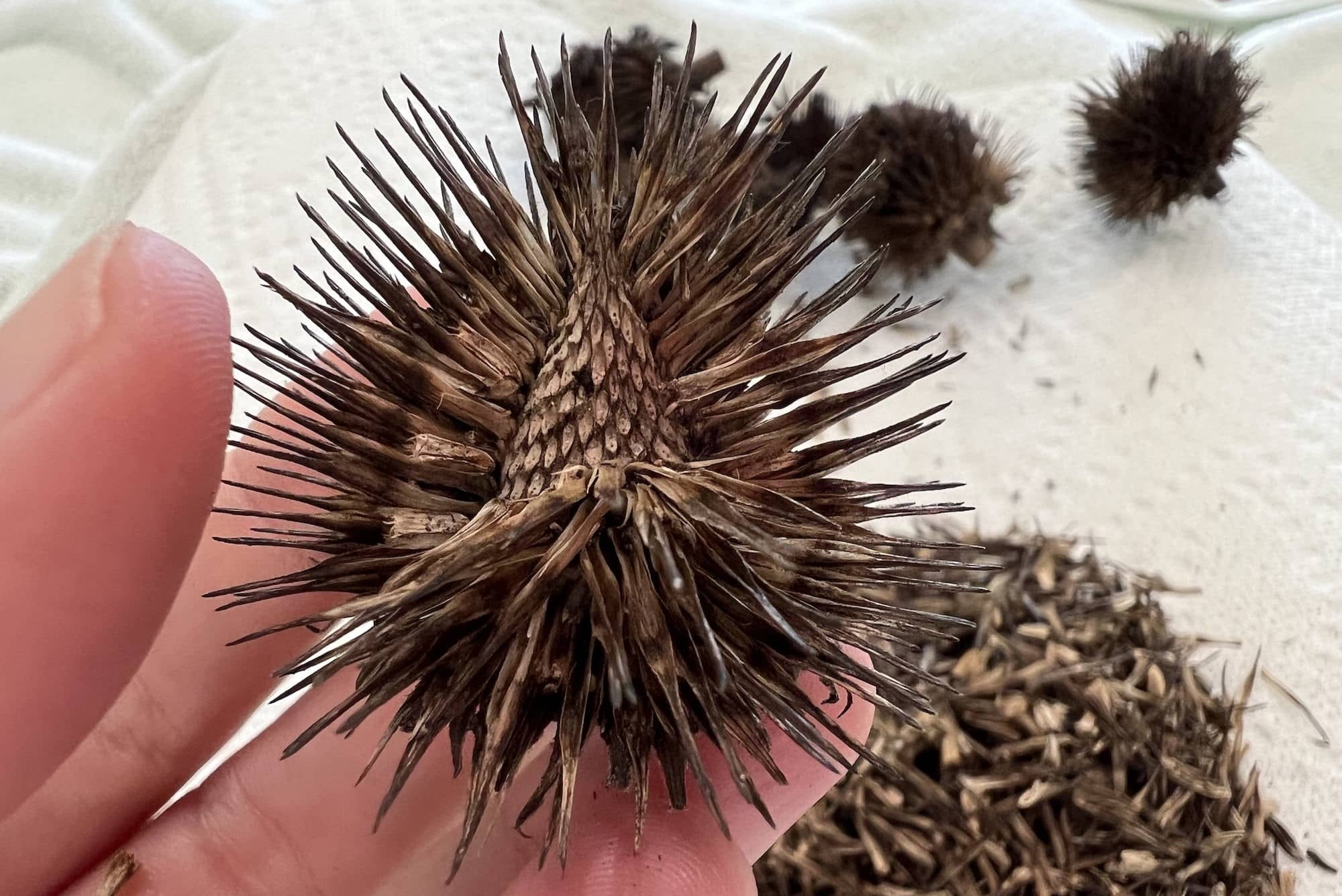
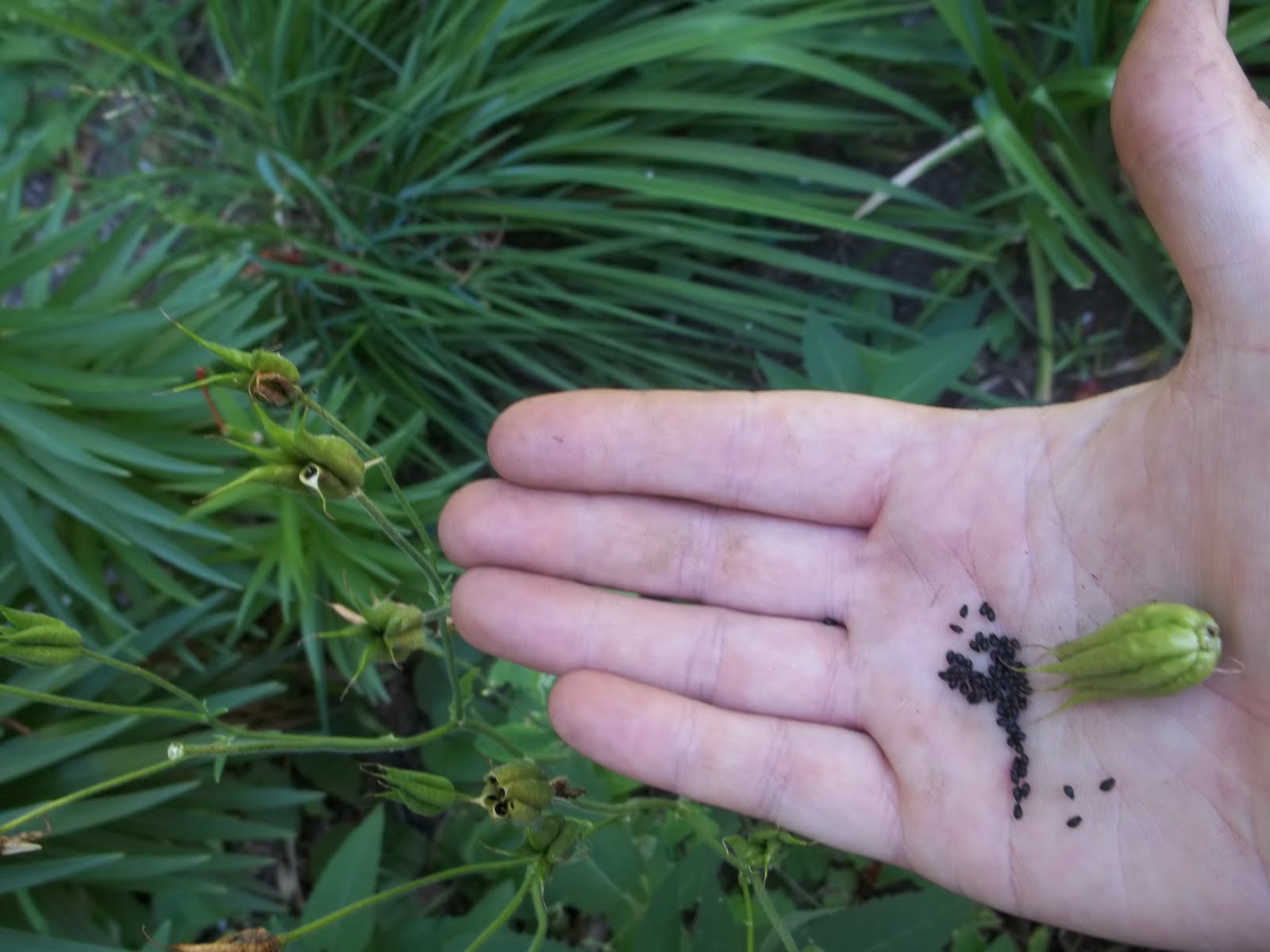
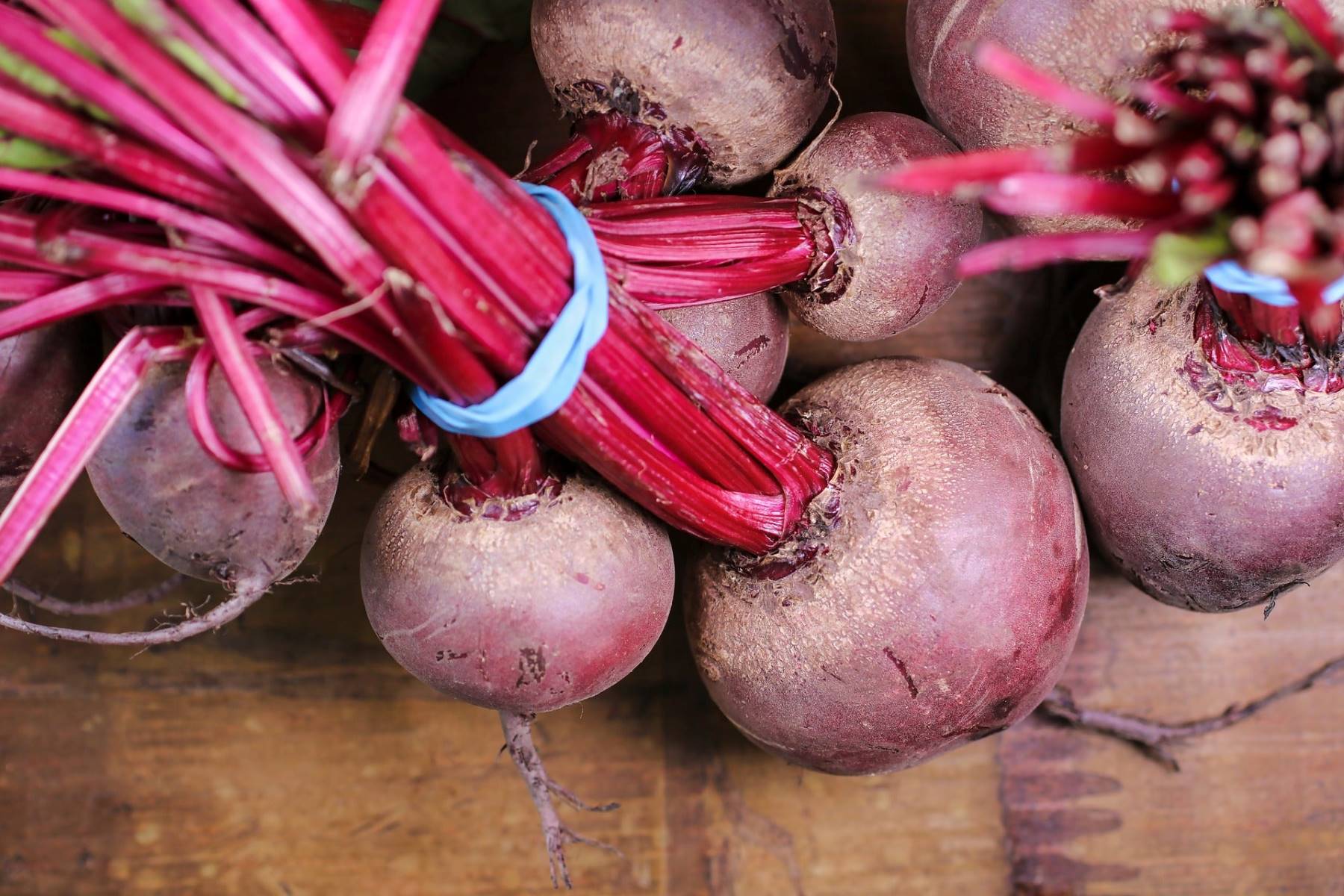
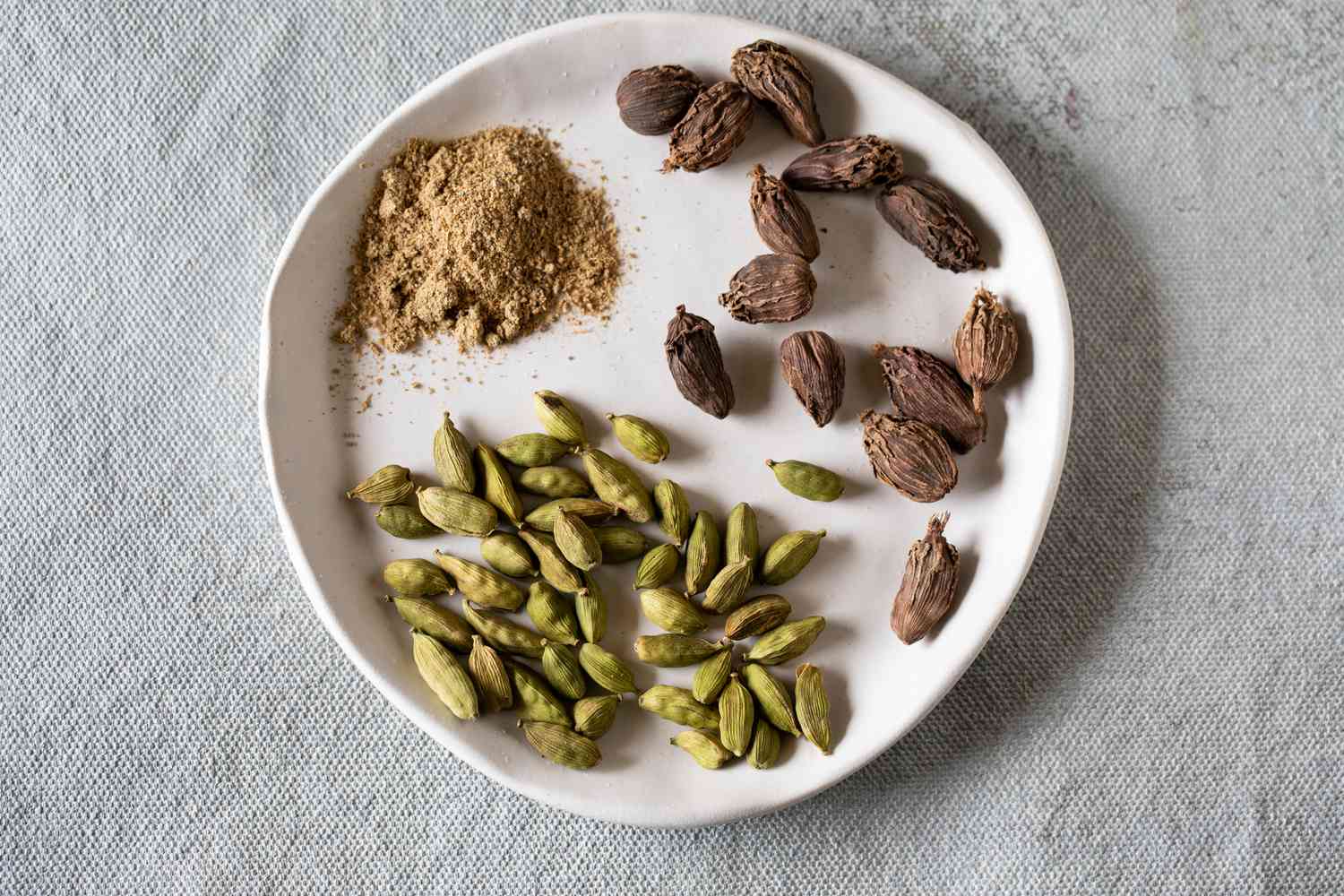
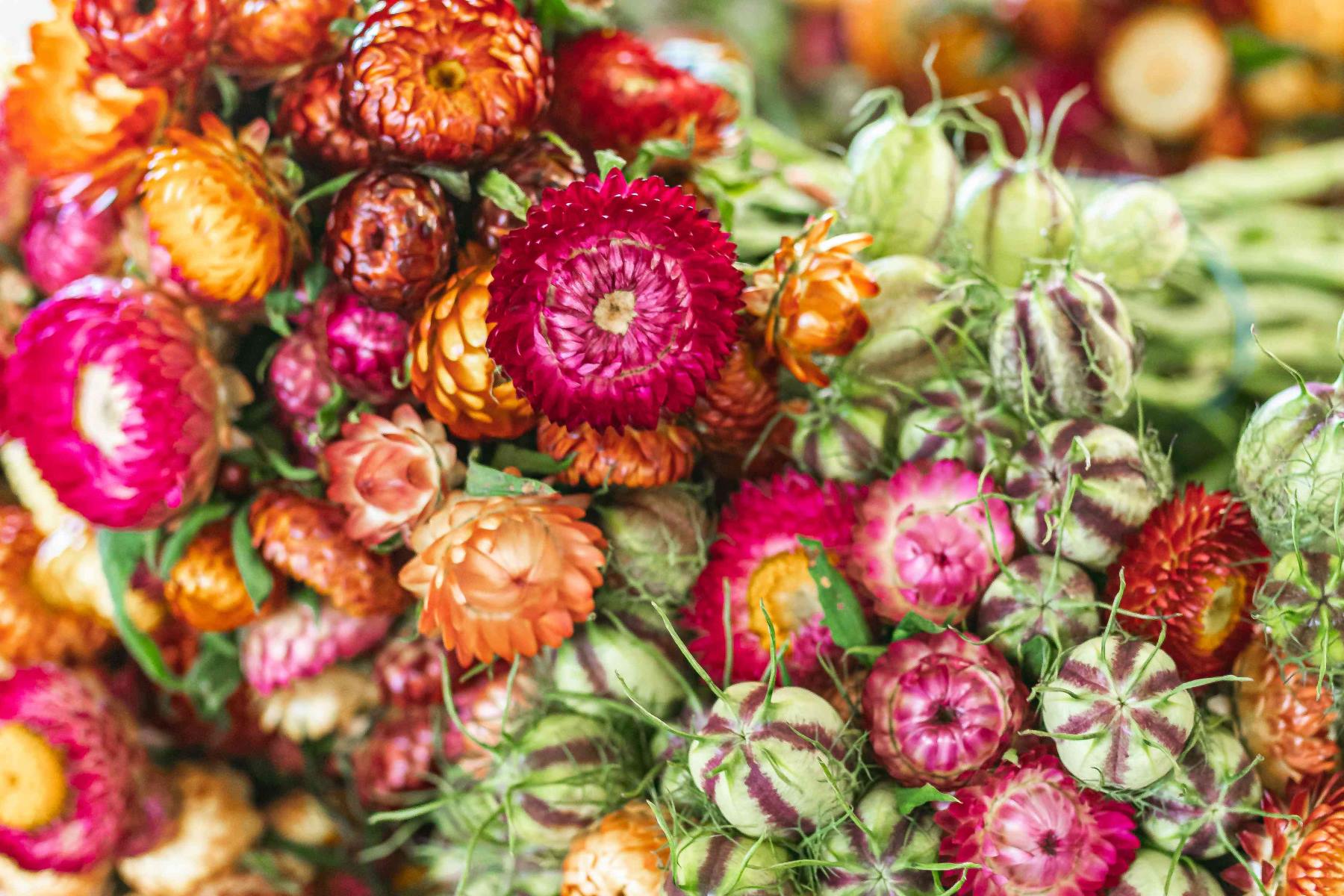
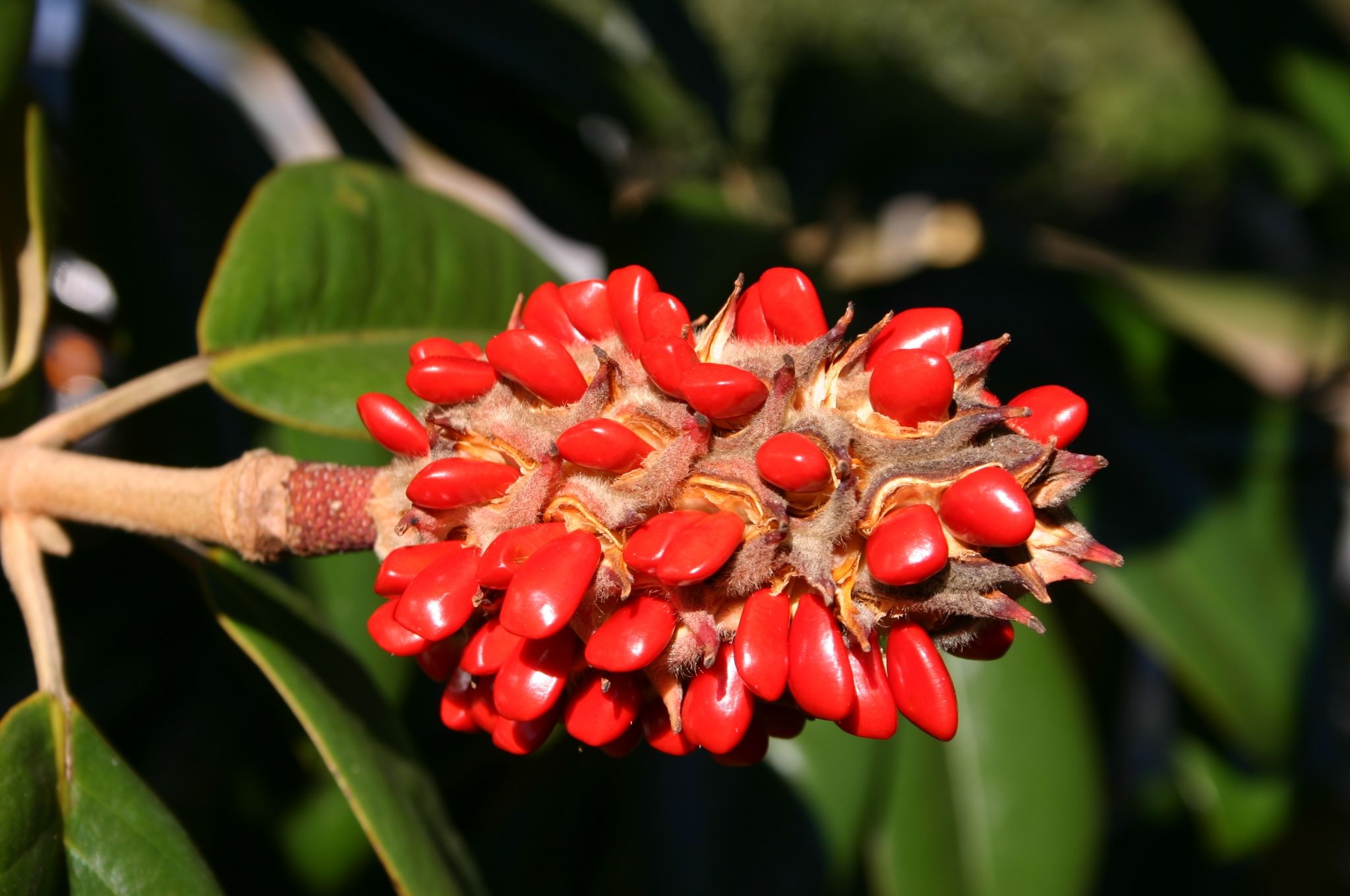
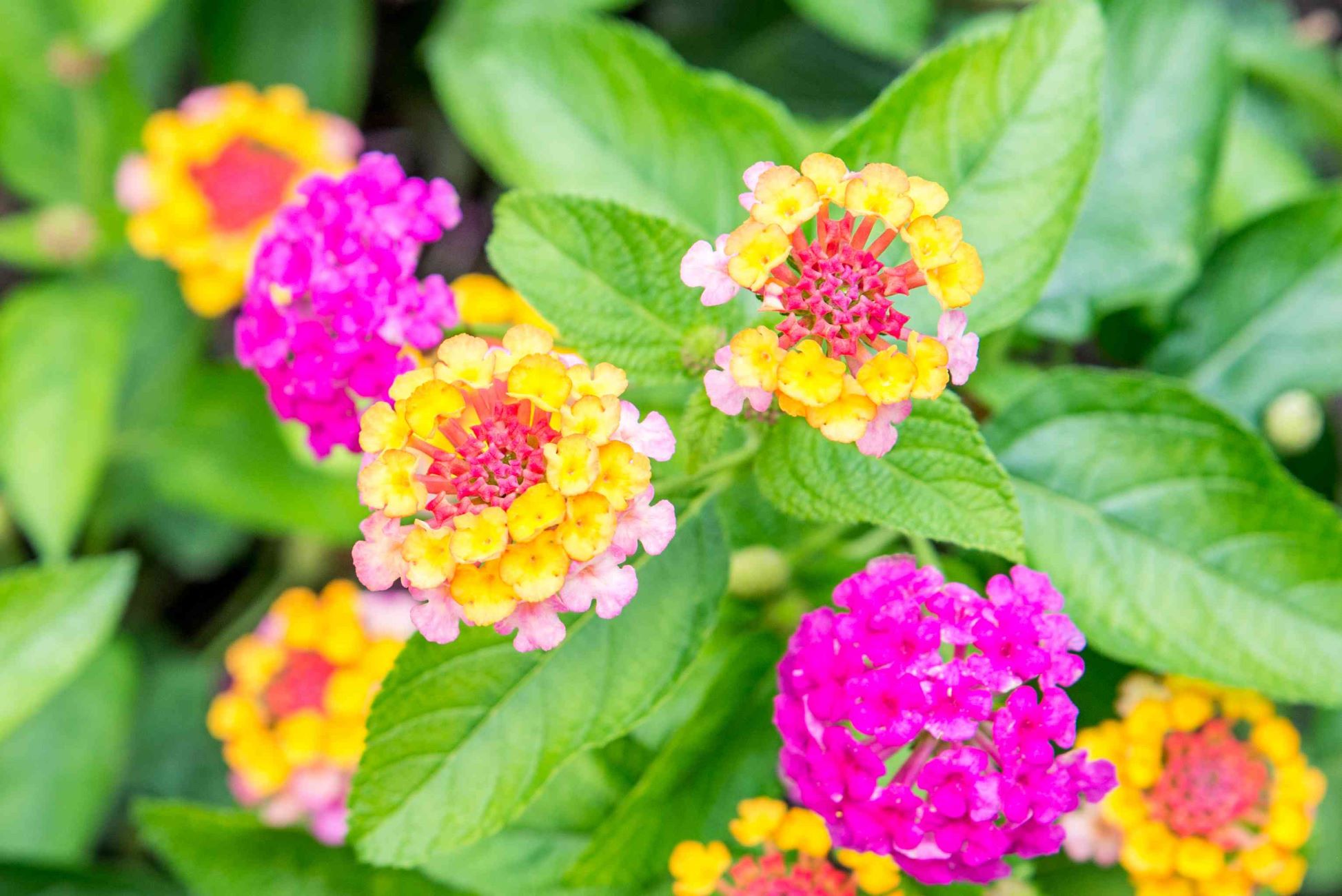
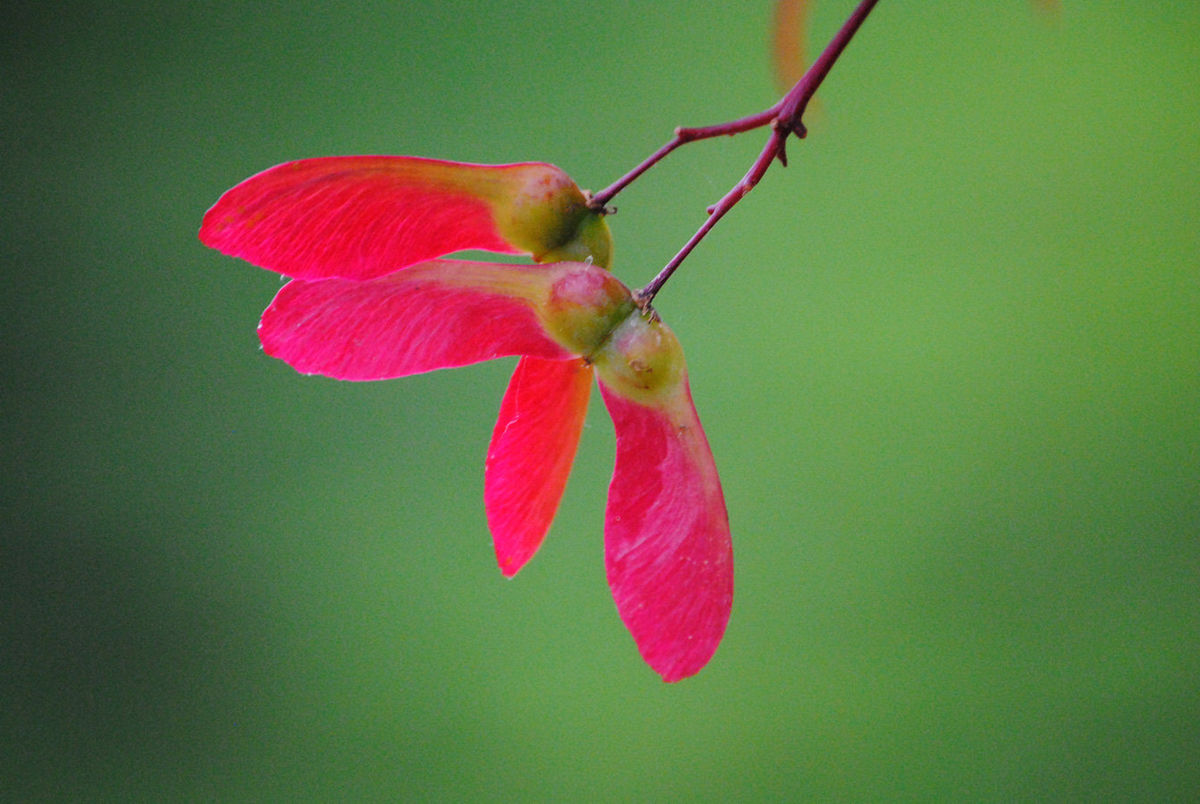
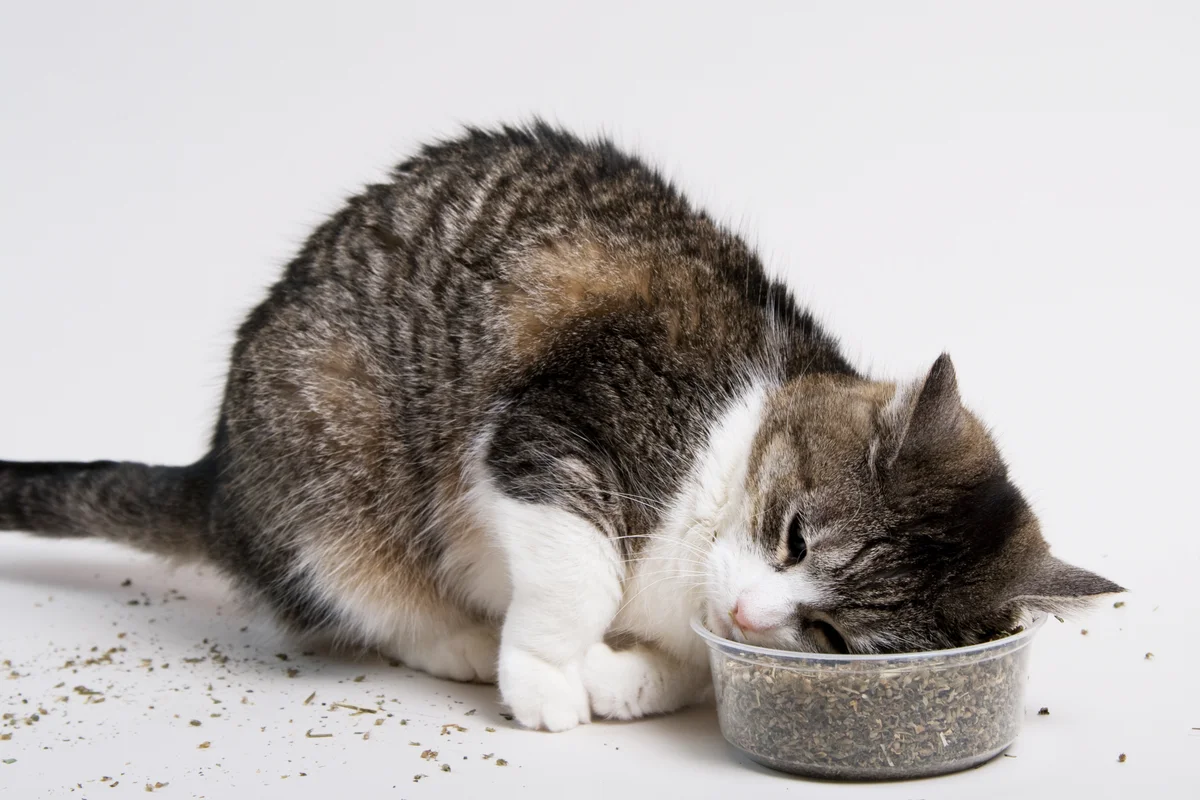
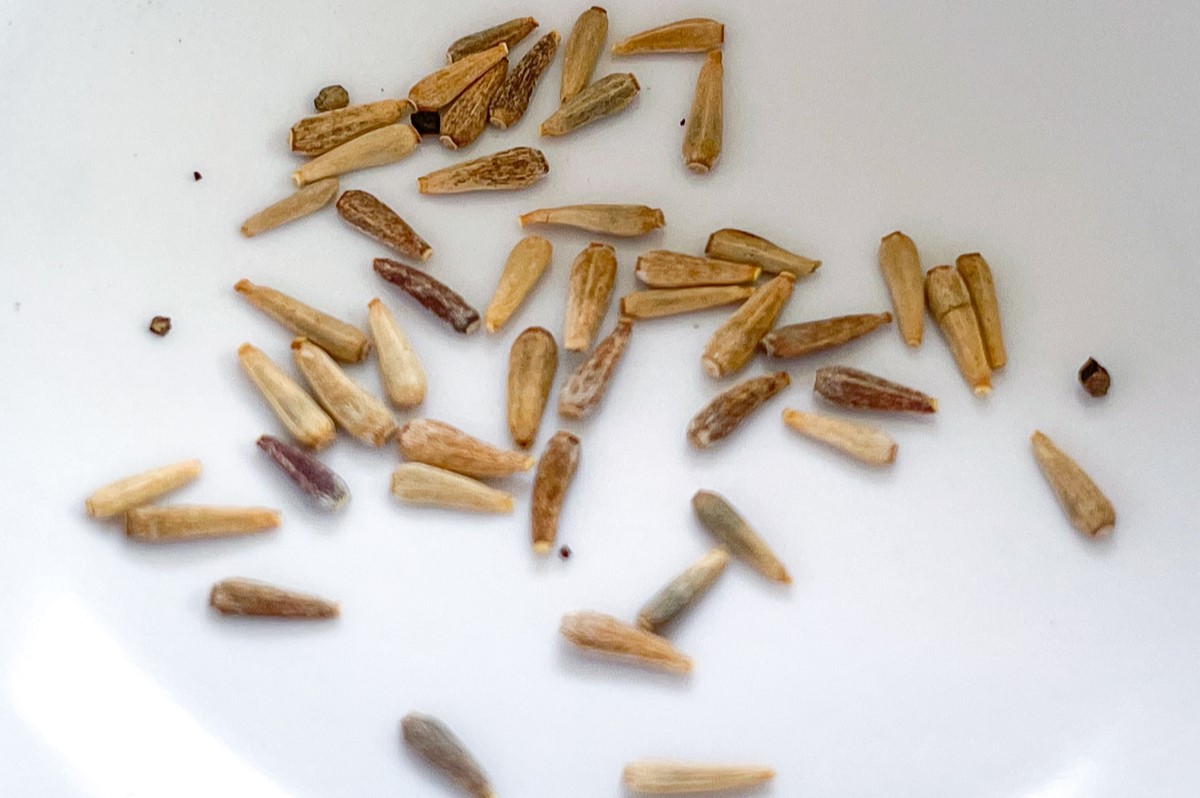
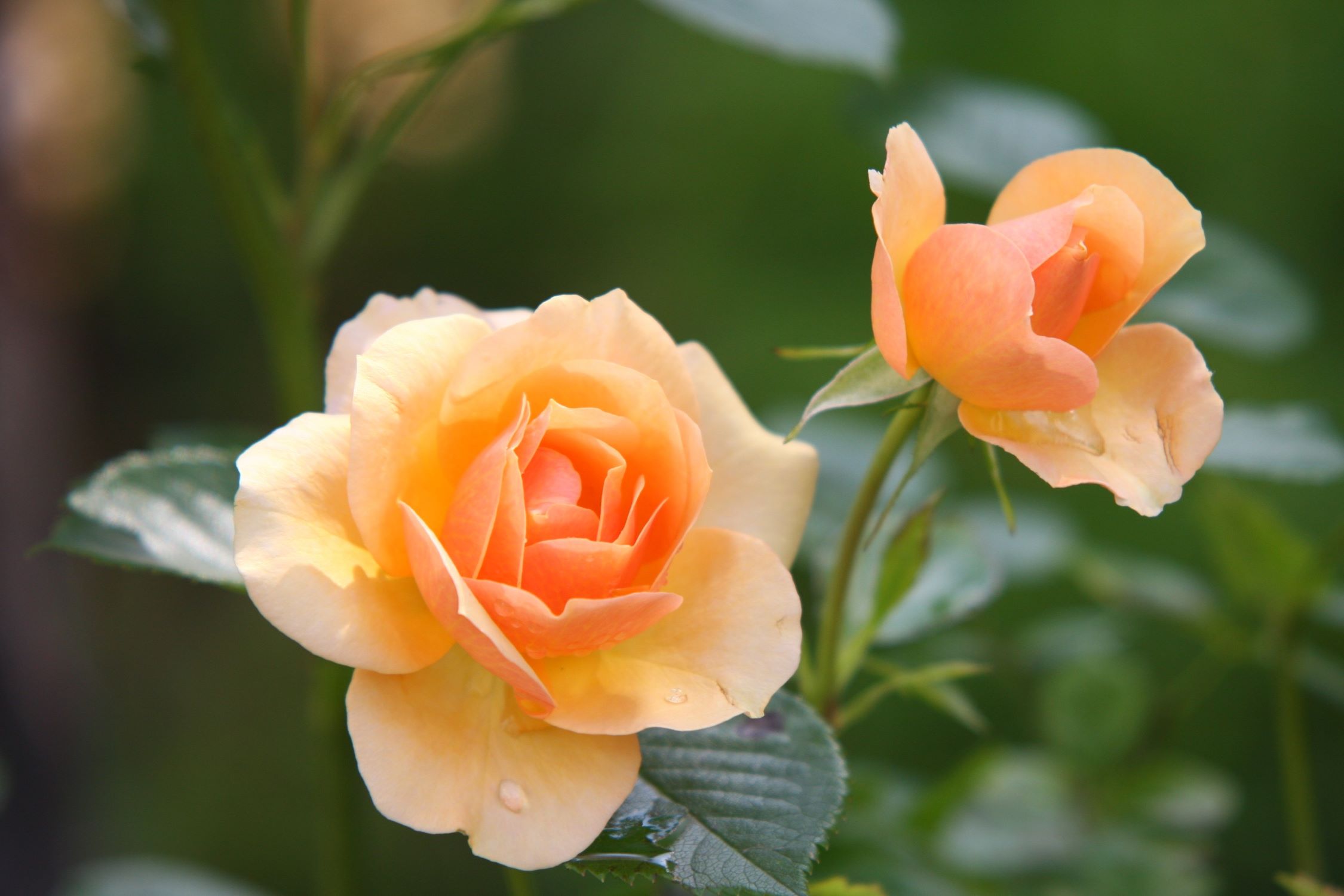

0 thoughts on “What Do Plumeria Seed Pods Look Like”